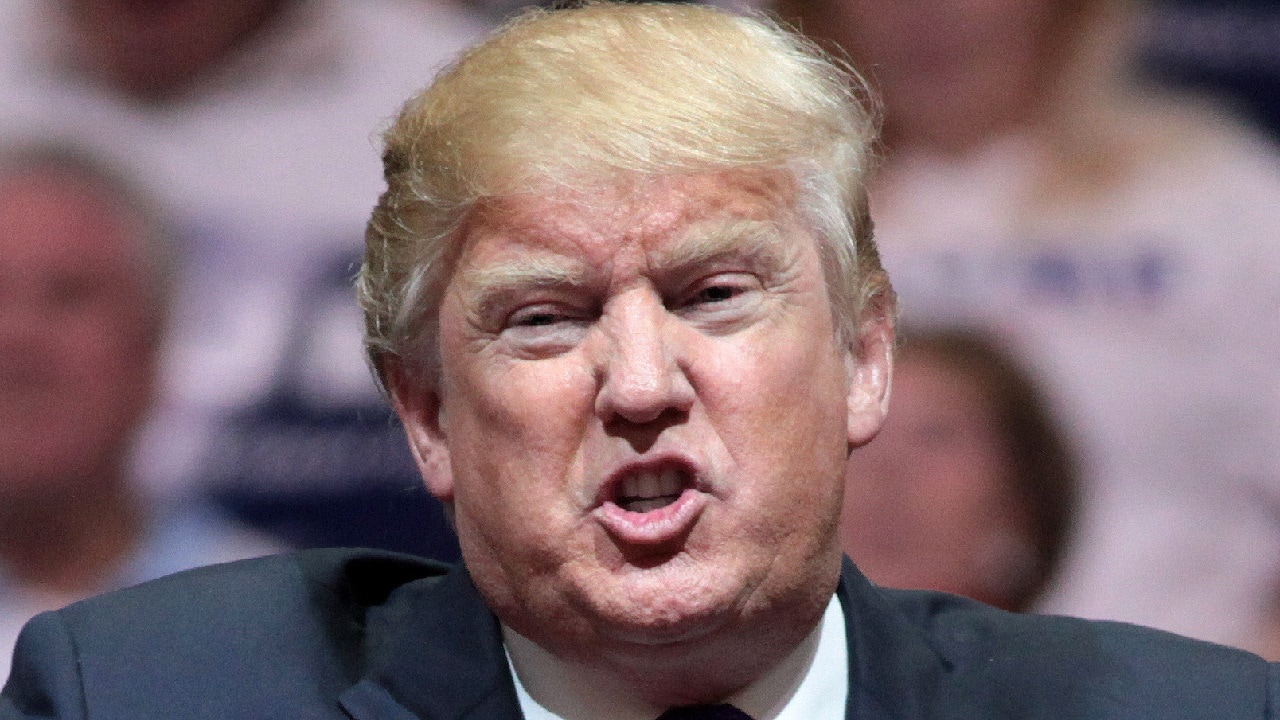Think the Gulf of America is Ridiculous? Remember the Precedents: President Donald Trump continues to double down on renaming the Gulf of Mexico as the Gulf of America. It strikes all the right nationalist chords with the MAGA base while trolling Mexico’s government.
Among journalists, the State Department, and even the Pentagon, both the name change and Trump’s insistence it be used are ridiculous.
Such name changes most often accompany revolutions. After the Bolshevik Revolution, St. Petersburg became Leningrad, Volgograd became Stalingrad, and Yekaterinburg became Sverdlovsk. Even in a police state like the Soviet Union, the name changes seldom took hold. Leningrad was always St. Petersburg in the Russian mind and quickly reverted upon the Soviet Union’s demise.
The same holds true with other revolutionary regimes. When I first arrived in Iran almost 30 years ago, I was instructed to go to the foreign ministry to extend my visa. At the gate to the main foreign ministry complex, guards were shocked to see an American passport and directed me across town to a separate office. Even though I had a map, it took me hours to find the correct location.
The reason? My map included only post-revolutionary street names, but the foreign ministry employees 17 years after the Islamic Revolution continued to use pre-revolutionary names. Valiasr Street may traverse Tehran, but many Iranians still call it Pahlavi Street after the dynasty that Ayatollah Khomeini overthrew.
The same was true in Iraq. Baathist dictator Saddam Hussein renamed the Kirkuk Governorate “Ta’mim” [Nationalization] to celebrate the seizure of the oil fields, but Iraqis continued to speak of it as Kirkuk even at the height of Saddam’s reign of terror. The same held true for the Mosul governorate, renamed Nineveh by Saddam.
Trump is neither Stalin, Khomeini, nor Saddam, of course, even if unhinged polemicists favor such comparisons. Perhaps the truest comparison to the “Gulf of America” and one in which the U.S. government fully bought in occurred in reaction to Khomeini’s revolution: The transformation of the Persian Gulf into the Arabian Gulf.
Make no mistake: The true name of the body of water is the Persian Gulf. Arabs dating back more than 1,000 years referred to the Gulf as “Khalij al-Fars” (Persian Gulf) in maps and geography books. So did Europeans and Americans in more modern times.
It was only against the backdrop of Egyptian President Gamal Abdel Nasser that Arabs began referring to the Persian Gulf as the Arabian Gulf. The United States officially maintained its true name, though U.S. Central Command and the State Department embraced the Arabian Gulf moniker shortly after Khomeini’s revolution transformed Iran from ally to adversary.
Should Americans or Europeans refer to the Persian Gulf in any official capacity, diplomats from the Gulf Cooperation Council countries will remonstrate quickly.
Nevertheless, scholars, journalists, and even many officials still refer to the Persian Gulf 45 years after the U.S. government officially accepted the name change.
The only exception for name change acceptance seems to be decolonization: Few if anyone still refers to Zimbabwe as Rhodesia, or to Burkina Faso as Upper Volta.
What does this mean for the Gulf of America? MAGA may embrace the change, but it will not last. Historical truth and legacy do not readily bend to politics.
Trump may seek to impose and punish, but neither coercion nor diplomatic chits will work; rather, the episode will ultimate represent wasted effort and a distraction from his more substantive agendas.
About the Author: Dr. Michael Rubin
Dr. Michael Rubin is a senior fellow at the American Enterprise Institute and director of policy analysis at the Middle East Forum. He is also a 19FortyFive Contributing Editor. The views expressed in this opinion pieces are the author’s own.

